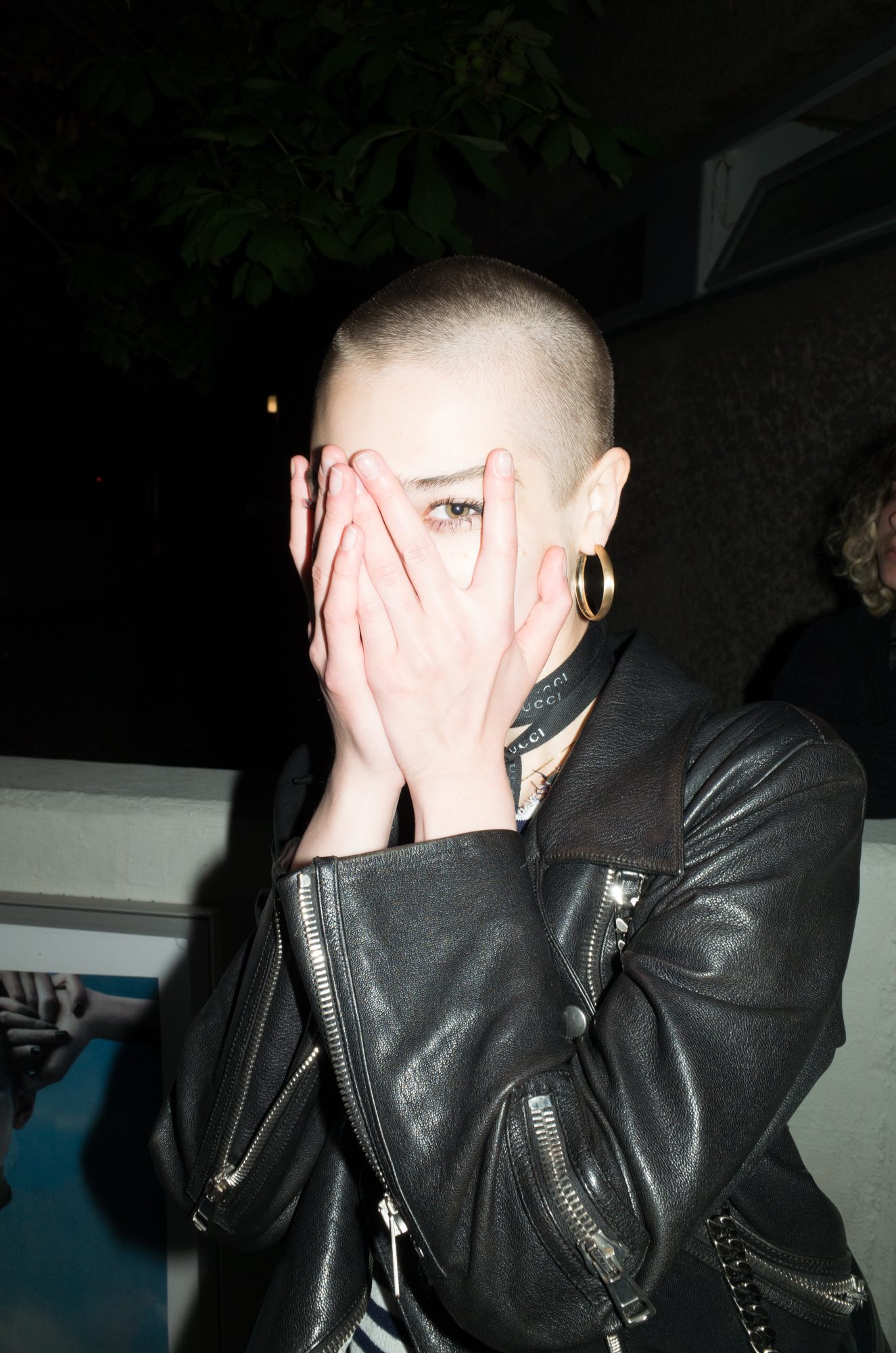Architecture Invented Italo-Disco
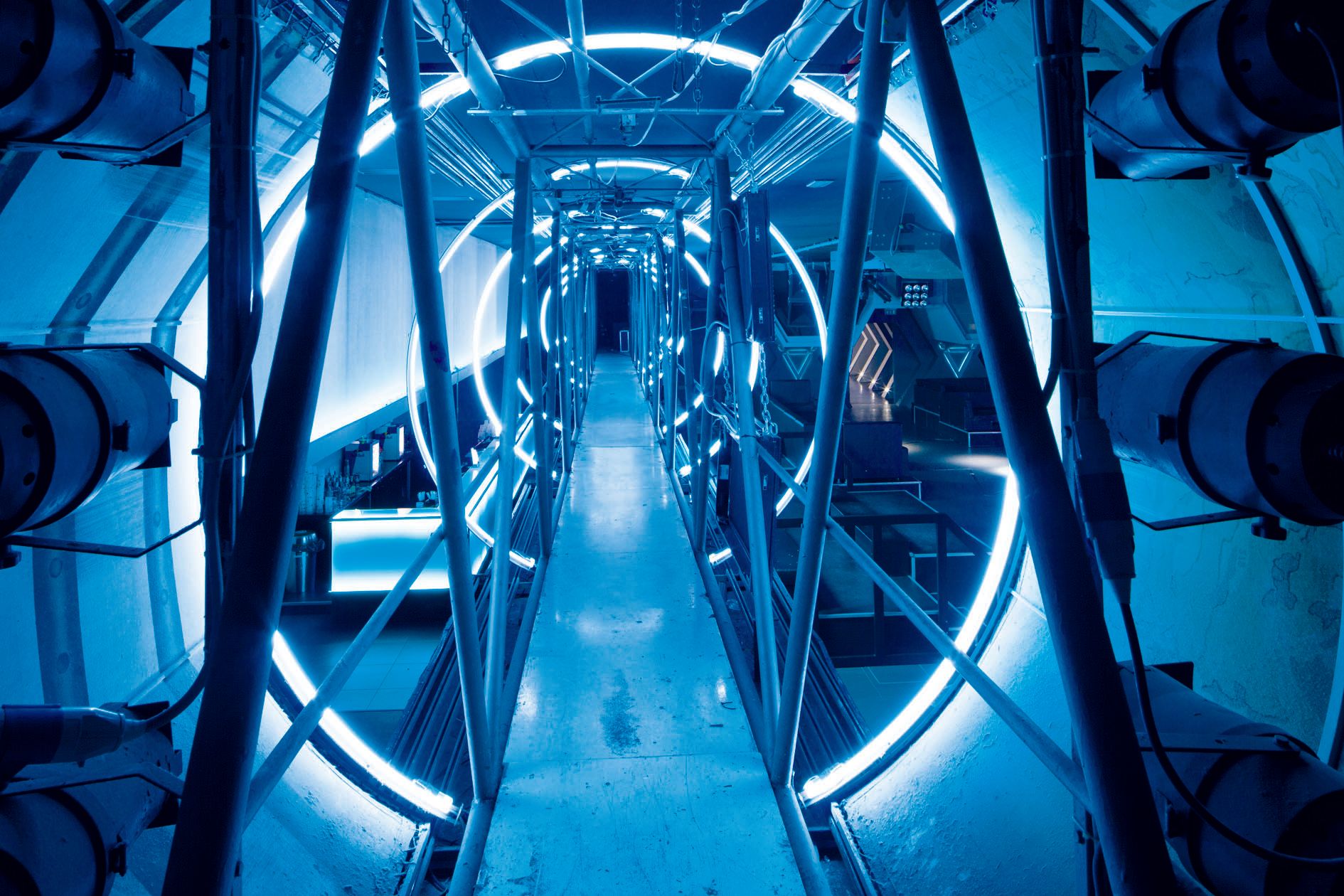
After visiting the Parisian discotheque Le Palace in 1978, Roland Barthes wrote in Vogue Homme, “I confess I am unable to interest myself in the beauty of a place if there are no people in it (I don’t like empty museums); and conversely, in order to discover the interest of a face, of a figure, of a garment, to savor the encounter, I require that the site of this discovery have its interest and its savor as well.” His text is a poetic account of what the allure of the nightlife consists of, and what any venue needs to maintain it: a well-proportioned space, chic furnishings, good lighting, music, and of course, people. A disco that lacks even one of these elements might as well close down.
But an empty club has its own appeal: Bereft of the sociocultural codes its patrons embody, its physicality takes a haunting turn. Ghosts of nightlife past hang in the air like cold smoke. They settle on mirrored counters and velvet cushions. Sealed in barstools and bathroom stalls are young love, heart-break, blackouts, and subversive ideas that are conceived and realized in discos around the world. Undoubtedly, their interiors in turn direct — manipulate, even — the events unfolding. Nightclubs are revealing sites of experimental design and architecture, a respect in which they have been largely overlooked, until recently.
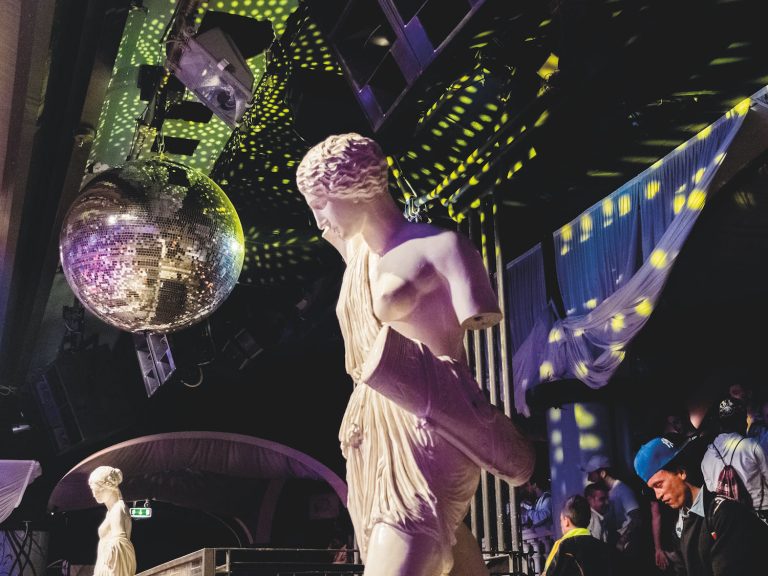
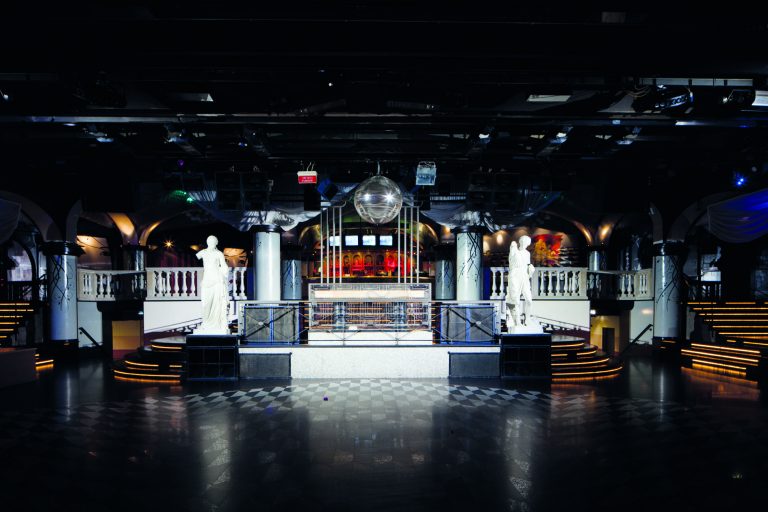
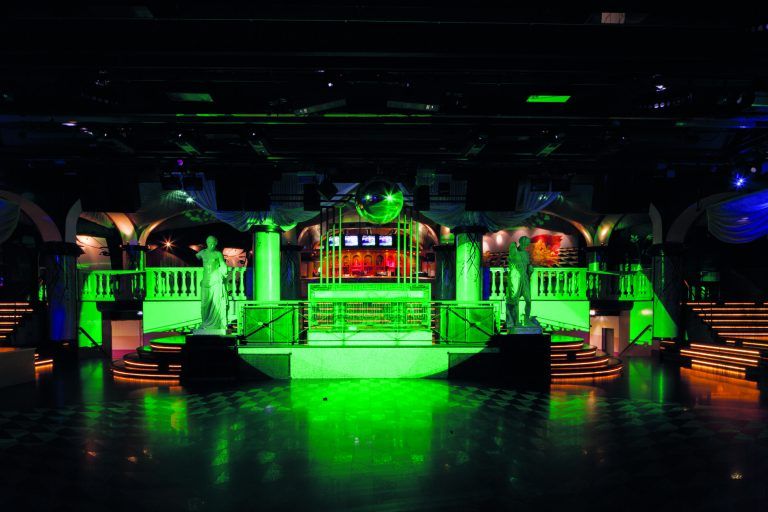
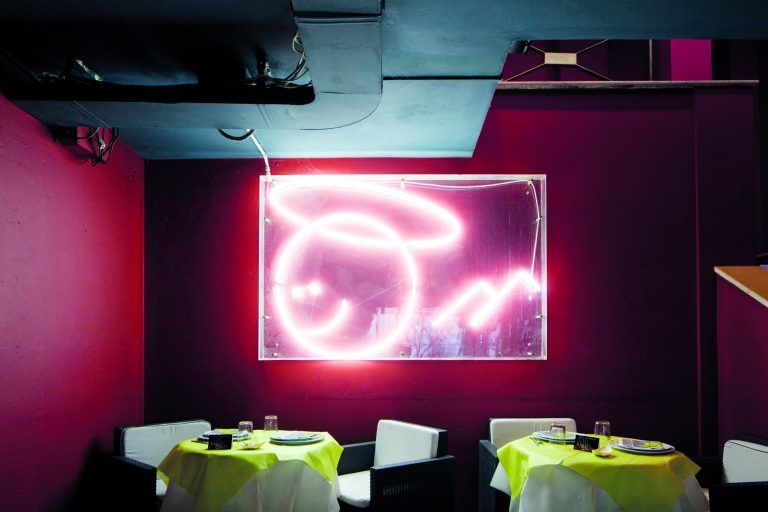

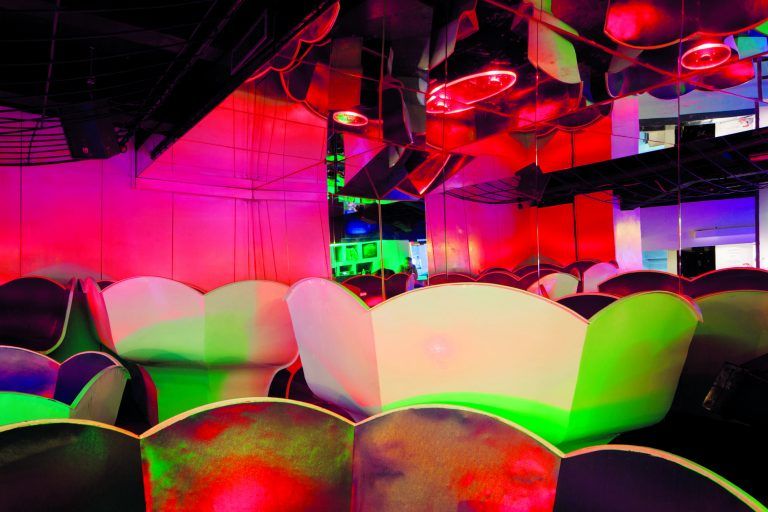
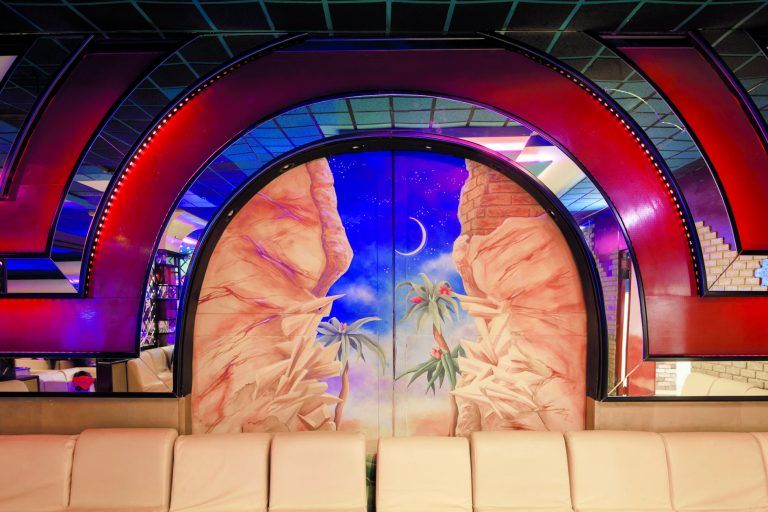
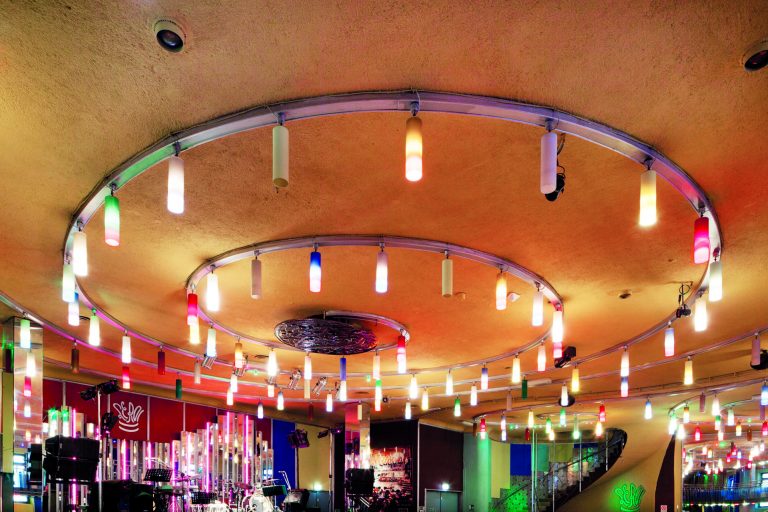
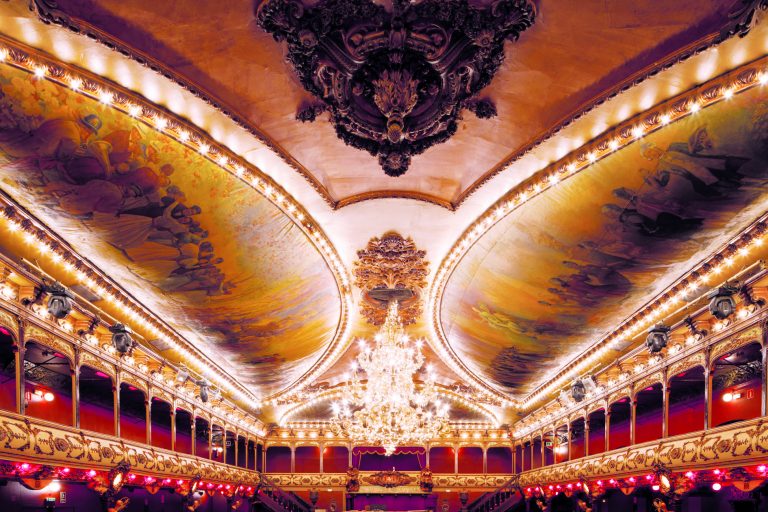
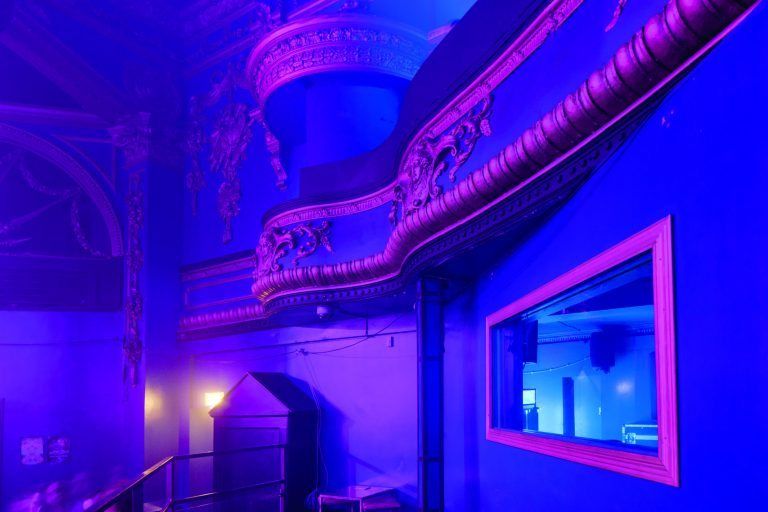
In terms of nightlife settings, the 1960s to early 80s in Italy offer some of the richest landscapes. Their legendary clubs are remembered in Nightswimming through interviews and essays that draw parallels to their contemporaries in four European capitals: Paris, Berlin, London, and Barcelona. At the book’s heart are Giovanna Silva’s vibrant photographs of present-day disco institutions. Part architectural and part social studies, some are brightly lit, but most appropriately dim.
The accounts that the protagonists of the Italian Radical Design scene, which was subject of the ICA’s exhibition “Radical Disco” earlier this year, contribute to Nightswimming, at times conjure up images just as lively. Like when club owner Carlo Caldini fondly remembers Space’s “aquarium with piranhas swimming about,” or journalist Pierfrancesco Pacoda describes the New Wave club Aleph as a “bunker surrounded by barbed wire.” It is easy to decipher which subcultures frequented these respective discos, but these recollections also suggest that the piranhas at Space might have motivated its clientele to go harder. Barbed wire is also pretty hardcore. Nightswimming, designed by Wayne Daly, sheds light on how subcultures and nightlife interiors impact each other. Their intertwined narratives, and the myths they evoke, “embellish,” as Barthes said, nightclubs “with a final charm: the one that comes to us from the fictions of culture.”
Nightswimming is published by Bedford Press (London, 2015). www.bedfordpress.org
Credits
- Photography: GIOVANNA SILVA
